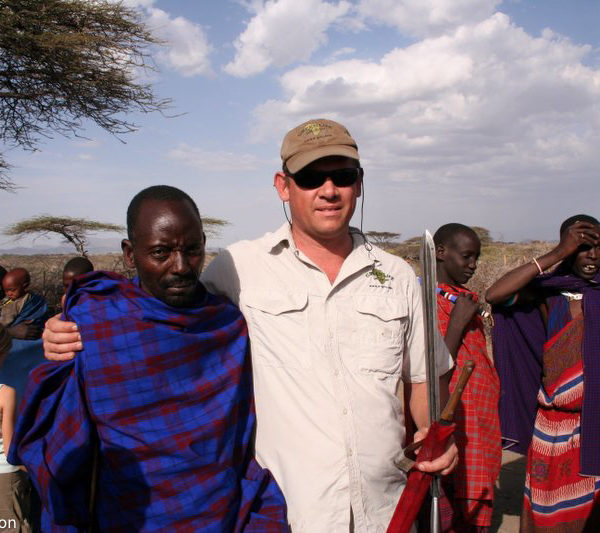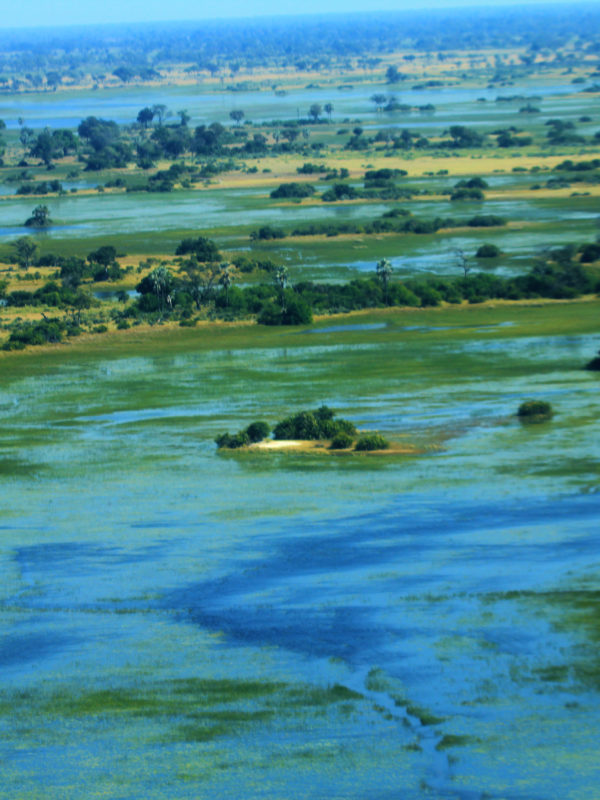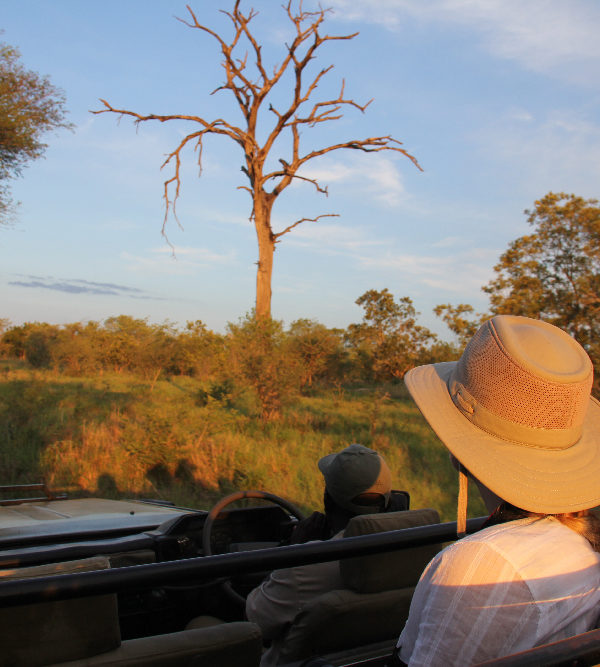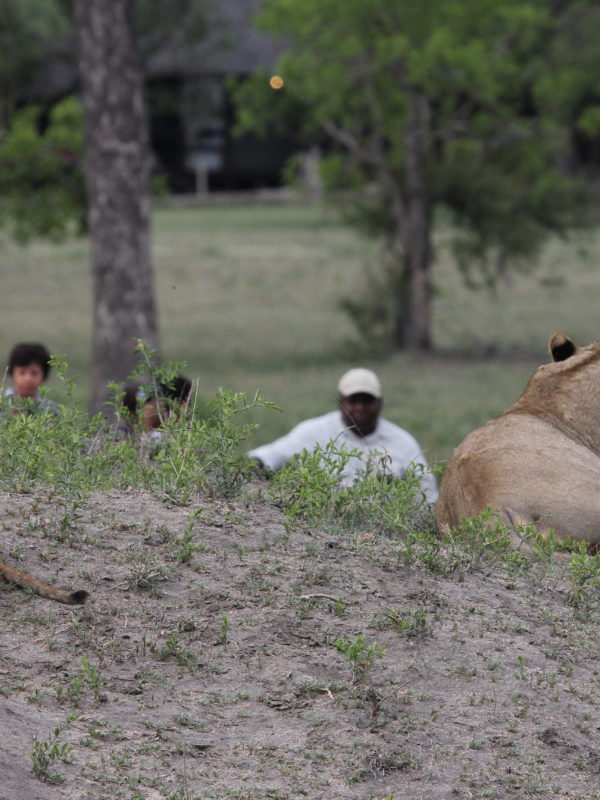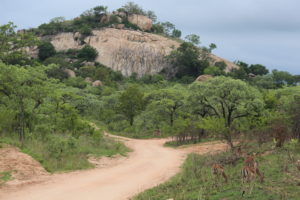Few visitors leave South Africa without visiting Kruger Park or one of the private reserves along its border (see section on Private Reserves near Kruger), but it is also frequented by locals in their own vehicles, as you can drive yourself around and stay overnight in one of the many public restcamps. There are also a few exclusive private lodges that have taken been granted concessions within Kruger.
The far north of the park is the wildest and most difficult area to access and because of this, it has alluring qualities for the real adventurer. However, the central and southern parts of the park have the best facilities for visitors, with an excellent network of roads and game-viewing waterholes.
With greater ecological co-operation across African borders, several countries bordering South Africa have agreed to take down some fences, and those between Kruger and Mozambique’s Limpopo National Park and Zimbabwe’s Gonarezhou, have been demolished
to create the Greater Limpopo Transfrontier Park. This unique political innovation is creating a colossal wilderness area extending 15,000 miles (24,000km).
ANIMALS & BIRDS
Sighting the “Big Five” has become something of a quest for many people when on safari, and Kruger National Park has more than its fare share of these, with an estimated 1,800 lion, 9,125 elephant, 25,000 buffalo, unknown number of leopards and 2,300 black and white rhino. These animals became the ‘Big Five’ because they are the five most dangerous animals to hunt – when injured they attack! It should certainly not be a pre-requisite of a safari to see these or even a priority, as there are plenty of other fascinating animals and birds in the African bush.
With approximately 500 bird species, some of them unique to this area, there is enough on the ground and in the air to keep anybody’s binoculars busy. Some of the biggest and most impressive birds to be seen here are the ground hornbill, martial eagle, lappet-faced vulture, kori bustard and saddle-billed stork.
SEASONS
Rainy Season: The subtropical climate has hot rainy summers starting in October and ending around March. The summer rains transform the arid park into a lush flowering paradise, but the increased foliage does make animals harder to see.
Dry Season: The winter months from April to September are extremely pleasant with warm dry days and cold nights. Traditionally, the best game viewing is in winter as the vegetation becomes sparse and water is restricted to rivers and artificial waterholes.
KRUGER NATIONAL PARK SPECIALITIES
· Animal density and variety
· The ” Big Five”
· Self drive safari
· Exclusive private lodges
· Wonderful subtropical climate
· Plenty of birds
· Very safe safari environment
FACTS
The Park was established in 1926
The surface area of Kruger National Park is 7,580 miles2 (19,633 km²)
There are almost 254 known cultural heritage sites in the Kruger National Park, including nearly 130 recorded rock art sites.
This is a malarial area
Off road driving is prohibited
Night drives can be booked in advance in a guided vehicle

